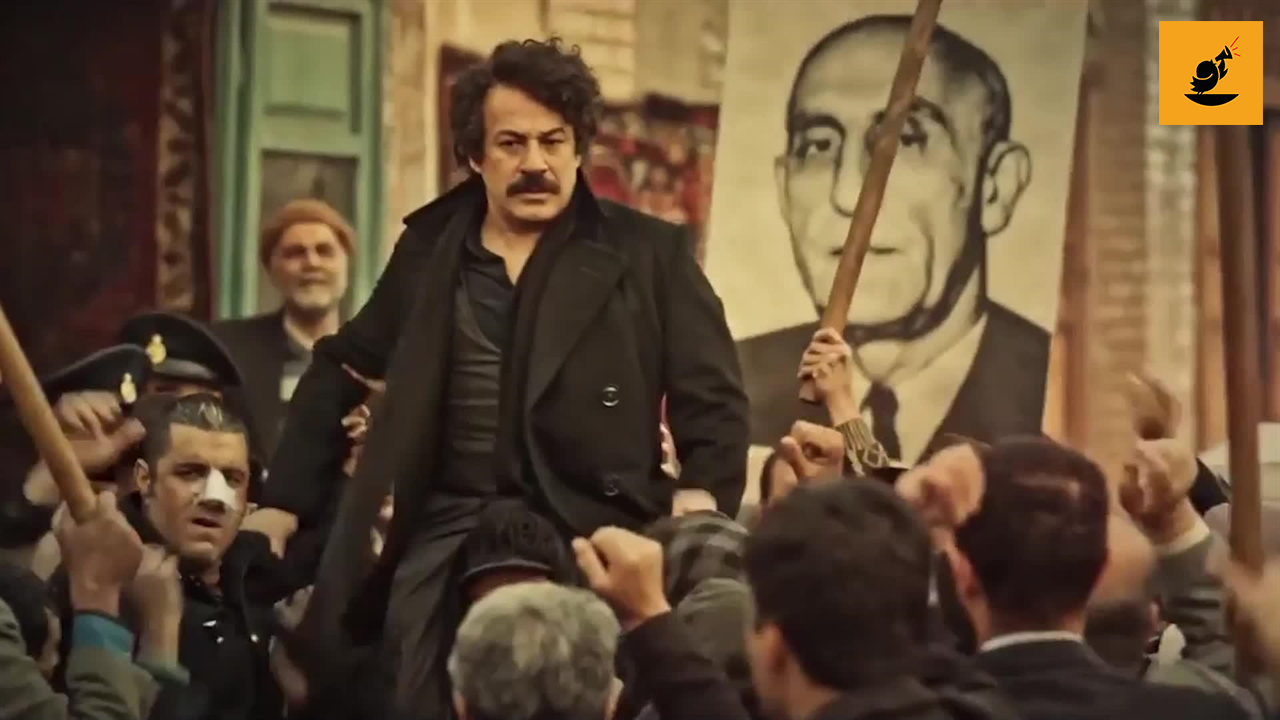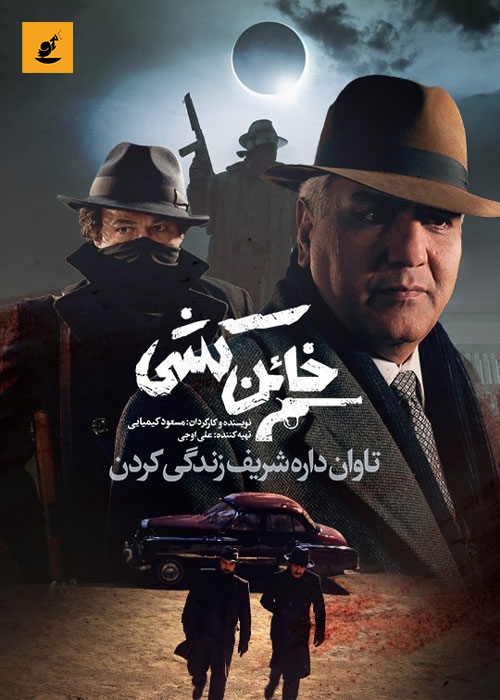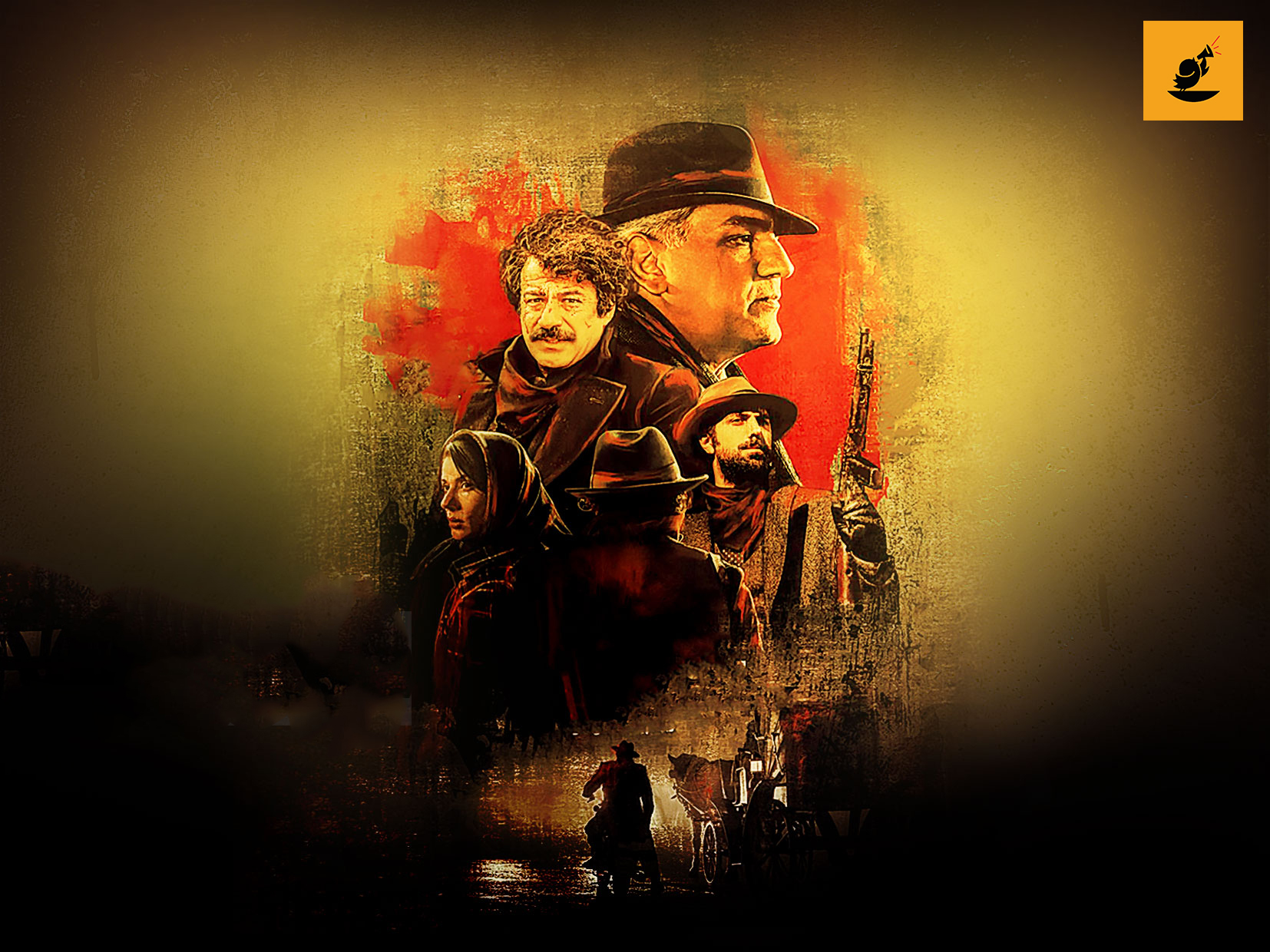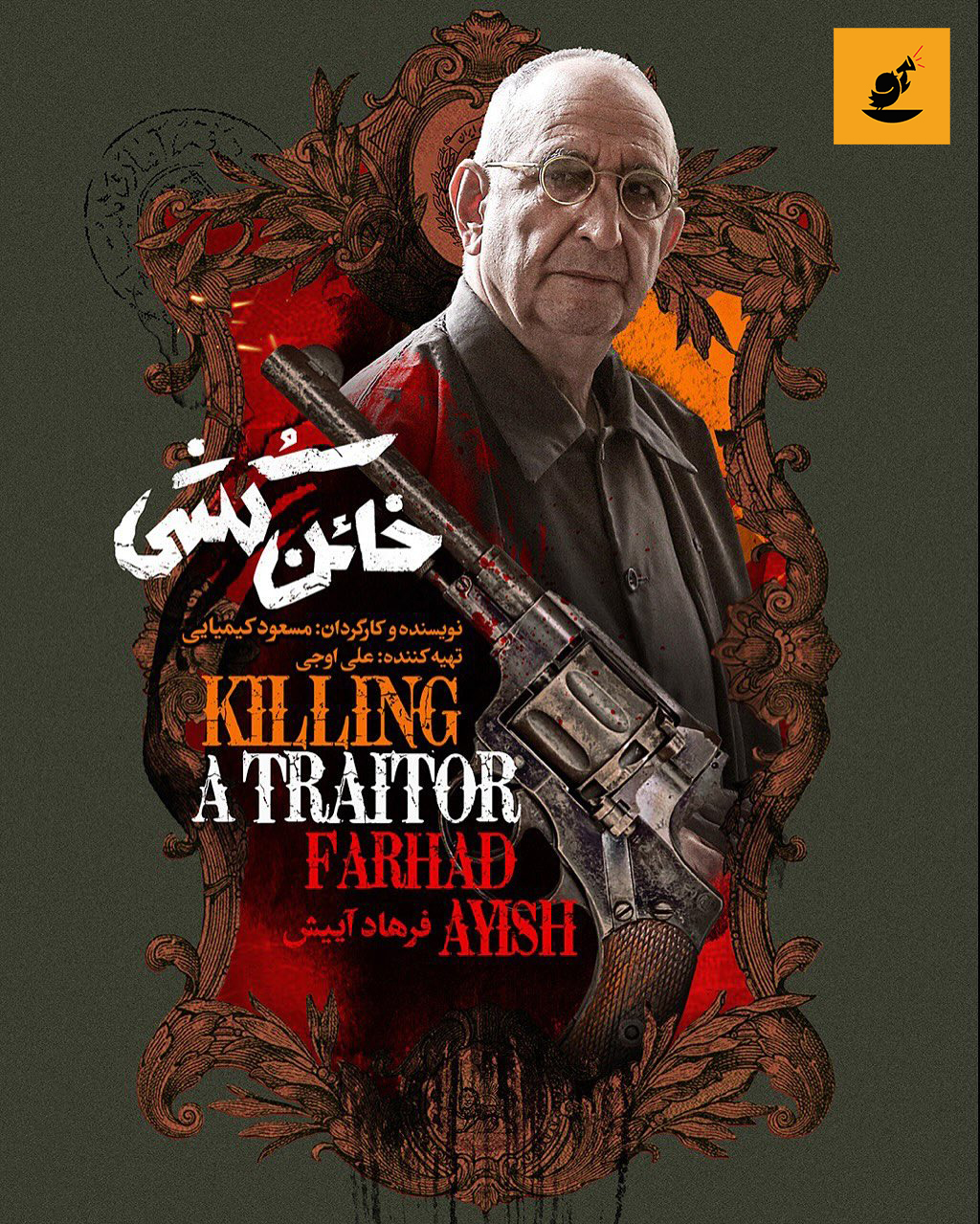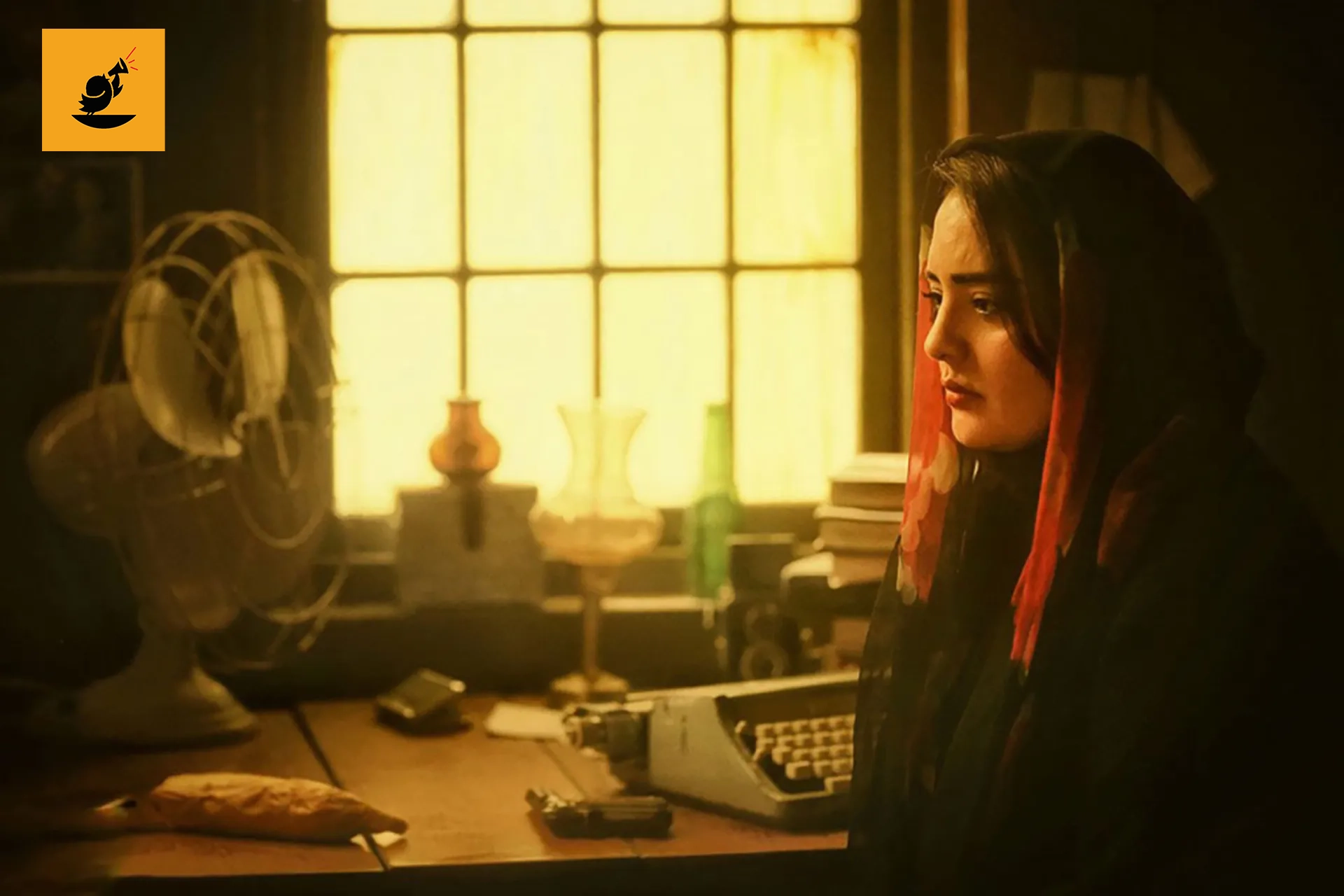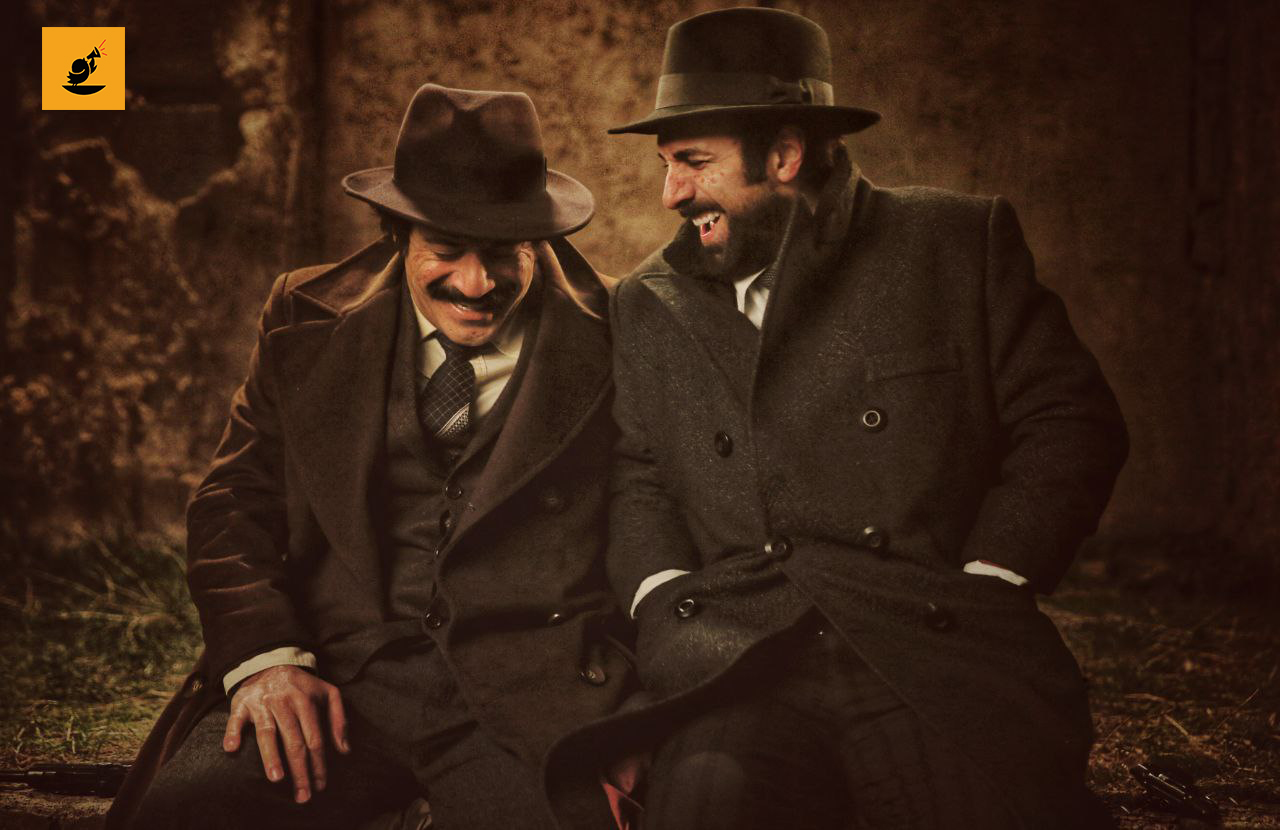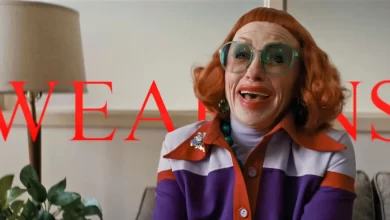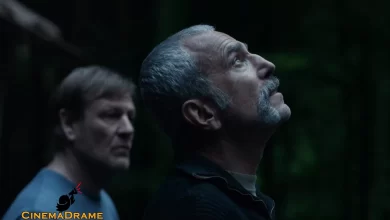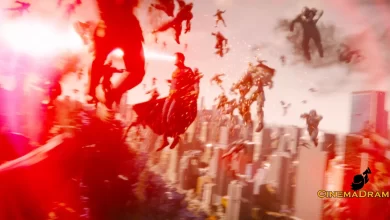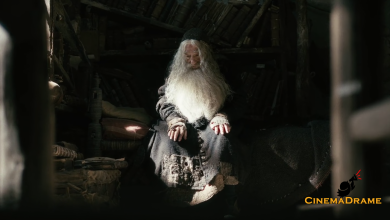Killing a Traitor: Introduction to Masoud Kimiai’s Film
A film that hit cinemas after the release of its miniseries!
Amir Aghaei, Poulad Kimiai, and many other actors played brief roles in this film.
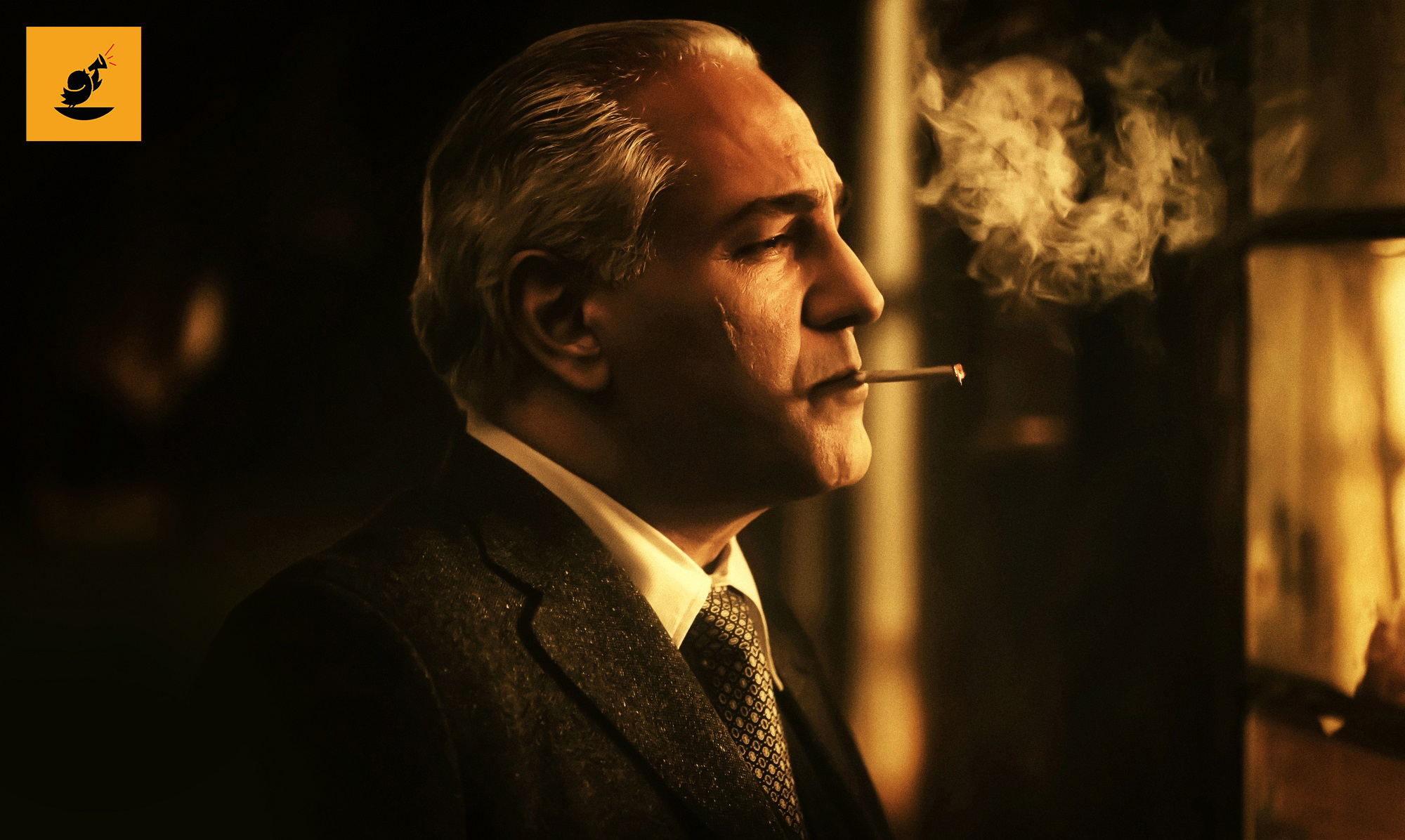
Summary of the film “Killing a Traitor”
According to cinemadrame, the synopsis of the film or series “Killing a Traitor” is as follows: A diverse group decides to rob the National Bank during a brief solar eclipse to contribute to the national loan announced by Mossadegh. A robbery that seals a unique fate for each participant and hints at betrayal that threatens friendships.
Cast and Crew of the Film “Killing a Traitor”
Cast:
Amir Aghaei, Poulad Kimiai, Pantea Bahram, Sara Bahrami, Andisheh Fouladvand, Hamidreza Azarang, Sam Derakhshani, Narges Mohammadi, Reza Yazdani, Elham Hamidi, Nasim Adabi, Fariba Naderi, Shakib Shajareh, Pardis Pourabedini, with the participation of Farhad Ayesh, Akbar Moazzezi, Saeed Pirdoust, Amirreza Delavari, Ayoub Aghakhani, Sam Nouri, Amir Kaveh Ahannijan, Sepand Amirsoleimani, Ilya Keyvan, Shekarkhoda Goudarzi, Shapour Kalahar, Amirhossein Norouzbeigi, Mani Heydari, Sogol Khaleghi, Amirhossein Hashtroodi, Maryam Abbaszadeh, and Kianoush Gerami. The film also features appearances by notable figures such as Bahram Bahramian, Saman Salour, Javad Tusi, and the artistic presence of Mehran Modiri.
Crew:
Writer and Director: Masoud Kimiai
Producer: Ali Oji
Music: Sattar Oraki
Cinematographer: Masoud Salami
Sound Recording Manager: Es’haq Khanzadi
Editor: Sepideh Abdolvahhab
Makeup Designer: Mohsen Darsanj
Costume Designer: Maral Jirani
Production Manager: Mohammad Heydargholi
Production Planner: Masoud Haghi
Script Supervisor: Shahrzad Motlagh
Practical Special Effects: Arash Aghabik
Visual Effects: Mohammad Baradaran
Sound Design and Mixing: Alireza Alavian
Photographer: Ahmadreza Shojaei
Behind-the-Scenes Film: Shahyar Kabiri
Stunt Coordinator: Arsha Aghdasi
Production Deputy: Emad Taheri
Logistics Manager: Hadi Ghafarloo
Assistant Producer: Sadaf Rezapour
Awards and Honors for “Killing a Traitor”
Maral Jirani | Crystal Simorgh for Best Costume Design | 40th Fajr Film Festival – 2022
Critics’ Reviews on Masoud Kimiai’s “Killing a Traitor”
Loghman Madayen – Film Critic

Kimiai still strikes at England and the Soviet Union with a sharp edge!
Kimiai cannot be confined to the realm of judgment. His diplomacy is full of anguish, and his cinematic literature is steeped in philosophy. He is the writer of his own work, putting himself into words with his pen. He still holds patriotic zeal and delivers sharp critiques of England and the Soviet Union. The ideals of this great filmmaker remain steadfast, and with his pen, he continues to fight for the Iranian people. He carries the weight of Iran’s painful history and stands against fabricated narratives, defending figures like Mossadegh.
I had the opportunity to watch Masoud Kimiai’s Killing a Traitor at the 40th Fajr Film Festival. I testify that he remains the lion of the jungle, proving that the old tree still emits smoke. Perhaps I am unworthy of describing Kimiayi, as this monumental task demands individuals far greater than myself.
Every frame of the film felt like a priceless painting. Kimiai spared no effort in honoring Mossadegh. His ideals remain unyielding, staying true to his principles and the memories of past struggles. Through his pen, he continues to fight for the people of Iran. Avoiding slogans, he mocks imperial authority with his camera and pen, disregarding all praise fabricated over the past 40 years for the monarchy. He stands alone against fabricated histories, defending Mossadegh.
Do not expect modern films from Kimiai. His cinematic language is philosophical. He is not here to compete or to make money; he is here to speak. In Qatel-e Ahli, he demonstrated that if he were to compete, he could challenge his rivals. Filmmaking is not just a profession for him. If it were, he wouldn’t still be working at 80. He could have chosen commercial success but didn’t; his passion is cinema. His diplomacy is sorrowful, reflecting Iran’s historical pain. Cinema is his language of expression.
Standing tall, Kimiai shouts about humanity, family, and love amidst the bustling maze of culture, even as some pass him by with laughter. Yet, he does not falter. His works remain grounded in values, enduring the consequences of his integrity. He still speaks of humanity, friendship, loyalty, and the communal table. As he says himself, “Standing alone,” he remains committed to honor and homeland, continuing to critique England and the Soviet Union sharply. Viewers cannot demand a different filmmaking style from him; these principles are embedded in his essence.
Kimiai does not fear criticism. His sole concern is delivering his message to the audience, allowing them to savor the essence of values in today’s world.
The performances in the film are excellent overall. No one held back. The makeup was top-notch, and most roles were well-suited to the actors. If one were to criticize, it might be the unnecessary deepening of voices by some actors. I won’t delve further into acting, as that’s not my focus.
Returning to the main topic, the script of Killing a Traitor seems highly intricate. The story, drawn from history and Kimiai’s creative mind, captivates the audience with its compelling narrative. Writing about it after a single viewing may be premature, but one wonders when another opportunity to see it might arise.
The story of Killing a Traitor dates back to Mossadegh’s era when the nationalization of the oil industry was passed, cutting off England’s access to Iranian oil. Subsequently, Iran’s oil was sanctioned, and the US and the Soviet Union refused to purchase it, pushing Iran’s oil-dependent economy toward collapse. Mossadegh devised a plan to revive the economy with the people’s help, introducing national bonds worth 100 rials. Citizens loaned this amount to the government, to be repaid with 6% interest the following year. This premise is briefly explained at the film’s outset.
Let’s summarize the screenplay, as I perceived it, and feel free to add anything I might have missed. While Mossadegh garnered public support for buying bonds, a group led by Sohrab plans to raid a bank, empty its vaults, and hand the money to Mossadegh’s government to address the budget deficit. Mossadegh disapproves, preferring legitimate, documented funds to support his government. Sohrab, meanwhile, has connections with British oil companies, intending to portray Mossadegh as a thief and undermine his government by capturing and executing the well-intentioned group.
The story revolves around Sohrab, masterfully portrayed by Mehran Modiri. The film captivates from its first 30 seconds, thanks to outstanding performances by Modiri, Amir Aghaei, and others, with their mastery of well-crafted characters.
The dialogues are either excessively verbose or brilliantly precise. Character arcs are occasionally underdeveloped, such as the Colonel appearing abruptly in the finale, Shahrukh’s wife suddenly emerging in the hideout, or the intelligence officer aiding Mehdi’s escape. These sudden appearances and disappearances highlight gaps in narrative continuity.
The first turning point occurs when Mehdi is arrested, disrupting the group’s intellectual framework and leaving Sohrab in control. The story reaches its peak when a military representative informs Shahrukh that the stolen money, intended to aid Mossadegh’s government, is hidden in a gambling den. Shahrukh learns that Sohrab, whom he regarded as a brother, is a traitor. The second turning point unfolds when Shahrukh and Mehdi retrieve the money and deliver it to the army, clearing Mossadegh of accusations.
The story introduces a corrupt system exploiting its loyal members for sinister ends, deceiving them into serving unworthy causes. One memorable exchange encapsulates this:
- Mehdi: How many did you kill?
- Shahrukh: I never count traitors.
Killing a Traitor brims with suspense, subplots, and well-executed twists, enhancing its intricate narrative and compelling portrayal of an era fraught with betrayal and sacrifice.
The poster of the film “Killing a Traitor”
